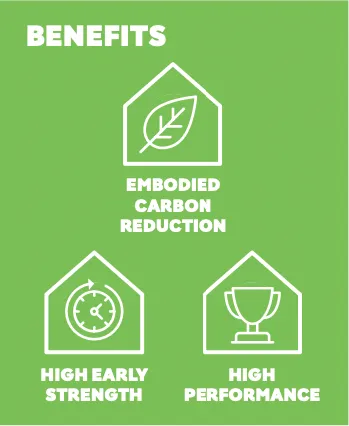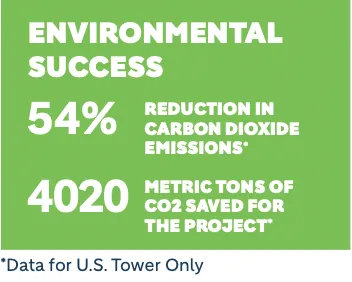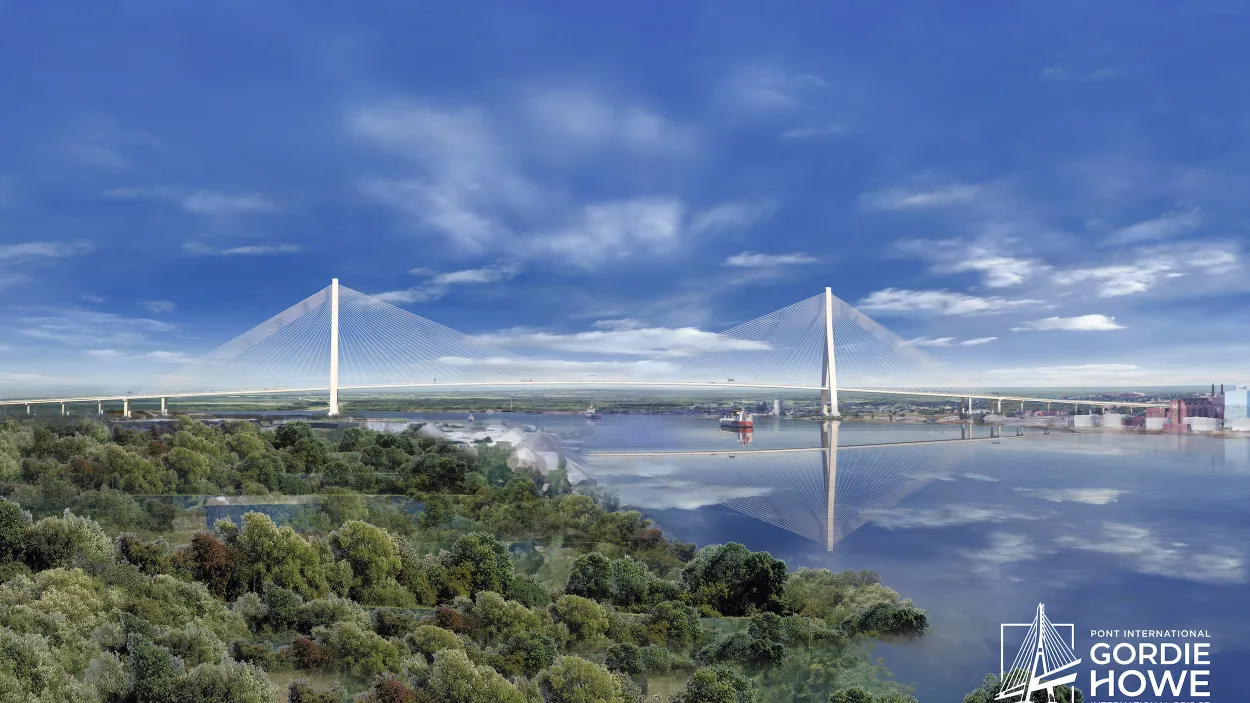THE CHALLENGE
- A once-in-a-generation project involving the United States and Canada, the Gordie Howe International Bridge is an infrastructure project designed to meet the most stringent standards of both countries, an effort that required significant coordination by the engineer of record.
- High concrete durability standards required Holcim to collaborate intensively with Smyrna Ready Mix (SRM) to create and test various potential mix designs for review.
- The project’s expansive sustainability requirements called for mix compositions to maximize recyclable content and reduce CO2 emissions where possible.
- Concrete site waste created from extensive materials testing needed to be reduced / reused to minimize environmental impacts.
THE SOLUTION
- Long-lead times coupled with hands-on approach to mix designs provided a product that met the project’s stringent building and environmental criteria.
- Prioritizing sustainability, Holcim and BNA worked collaboratively to smoothly manage the transition from traditional Alpena Type I/II cement initially used for the project to Alpena TIL Portland Limestone Cement (PLC).
- The transition to Alpena TIL PLC to complete the U.S. side of the bridge is projected to provide the equivalent to greenhouse gas savings from the emissions of
nearly 80 gasoline-powered vehicles driven for one year or nearly 40,000 gallons
of gasoline consumed. - SRM added slag cement and silica fume to Holcim’s cements, lowering clinkering content and further reducing CO2 emissions. For example, the Tower on the US side is composed of Alpena Type IL, slag cement and silica fume resulting in a 54% reduction in carbon dioxide emissions and 4020 metric tons of CO2 saved for just this element of the project.
- Spent concrete and test cylinders stockpiled on job site, crushed and reused as aggregate groundcover.










